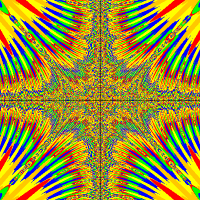I'm having difficulty using the keyboard to move an actor one square at a time. At the moment it responds to the keyboard input fine but jumps several cells in the process. My code for this actor is:
How can I fix it so that it only moves one cell at a time?
Thanks!
1 2 3 4 5 6 7 8 9 10 11 12 13 14 15 16 17 | public void act() { if(Greenfoot.isKeyDown("up")){ setLocation(getX(), getY() - 2); } if(Greenfoot.isKeyDown("down")){ setLocation(getX(), getY() + 2); } if(Greenfoot.isKeyDown("left")){ setLocation(getX() - 2, getY()); } if(Greenfoot.isKeyDown("right")){ setLocation(getX() + 2, getY()); } } |





